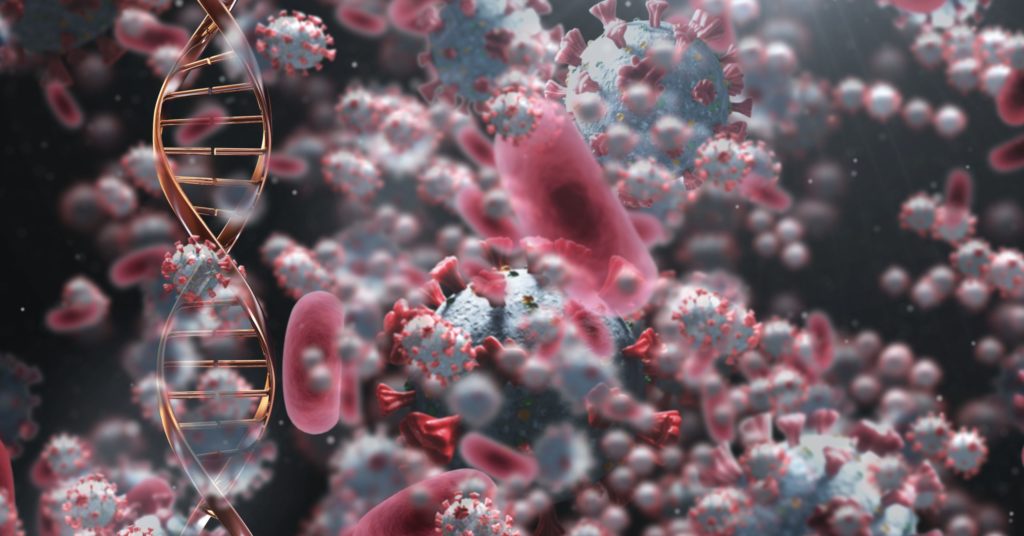Do you ever wonder why your physical features look the way they do? Your DNA plays a major role in what makes you you. From eye color to height, DNA determines many of your physical traits. But that doesn’t mean you have no say in the matter. In this article, we’ll explore how DNA affects different physical traits and how you can change them. Keep reading to learn more.
DNA affects the size of your nose.
The size of our noses is something that many of us take for granted. But did you know that our DNA can have an effect on the size of our noses? It’s true, and understanding the science behind it can help us understand why our noses are the way they are. DNA stands for deoxyribonucleic acid, and it is the genetic material that makes up our bodies. Our DNA contains the information that makes us the individuals that we are, from our eye color to our hair color, and even the shape of our noses. Our genes contain instructions for the development of our bodies, and this includes the size of our noses.
Many of those who are unhappy with their noses are turning to rhinoplasty. But, what is rhinoplasty? Rhinoplasty, also known as a “nose job,” is a surgical procedure that reshapes the nose to improve its aesthetic appearance. The goal of rhinoplasty is to improve the balance of facial features by creating a nose that is both beautiful and functional.
DNA affects the color of your eyes.
Your eye color is determined by two pairs of genes, one from each parent. Each gene will contribute to the color of your eyes in different ways. If both parents contribute a gene that produces the same amount of pigment, then the child will have a lighter eye color. On the other hand, if one parent contributes a gene with a larger amount of pigment, then the child’s eyes will be darker.
The most dominant gene will be the one that determines the eye color of the child. For instance, if one parent’s gene produces a large amount of melanin, and the other parent’s gene produces a slightly smaller amount of melanin, then the child’s eyes will be darker than their parents. You can use the raw DNA upload tool offered by GenomeLink to learn more about your DNA.
Although your eye color is largely determined by DNA, it is still possible to change it. One of the most common methods of changing eye color is through the use of colored contact lenses. These lenses come in a wide variety of colors, so you can choose the shade that is right for you.
DNA affects your skin color.
Your skin color is determined by the amount and type of pigment in the skin. The pigment is created by a range of factors, including the amount and type of DNA you inherit from your parents. The genetic material that makes up your DNA contains instructions that guide the production of melanin. Melanin is the pigment responsible for your skin color and other features like hair, eye color, and freckles. When it comes to skin color, the amount of melanin in the skin determines whether you have fair, medium, or dark skin. People with darker skin tend to have more melanin than those with fair skin. The type of melanin is also important, as there are two types of melanin: eumelanin and pheomelanin. Eumelanin is responsible for darkening the skin, while pheomelanin gives skin a reddish hue.
But is it possible to change your skin color? Well, yes, it is possible to lighten or darken your skin, but it’s important to keep in mind that it’s not a permanent change. The most common way to change your skin color is through the use of products like self-tanners, bronzers, and bleaching creams. These products work by depositing pigment onto the skin, giving it a darker or lighter appearance.
Overall, DNA plays a major role in determining our physical traits and characteristics, and can even be altered or modified to some extent. Understanding how our genes impact our development can help us make better-informed decisions about our health and wellness.
